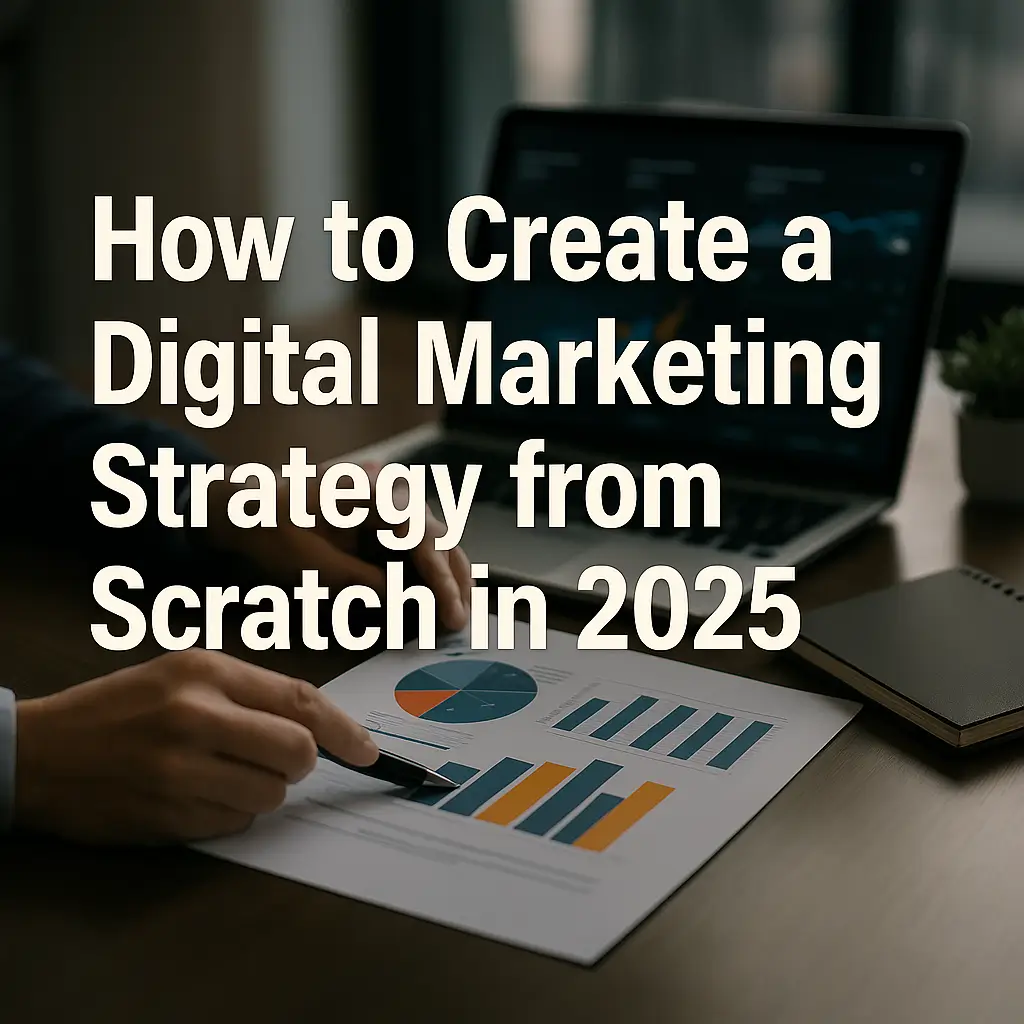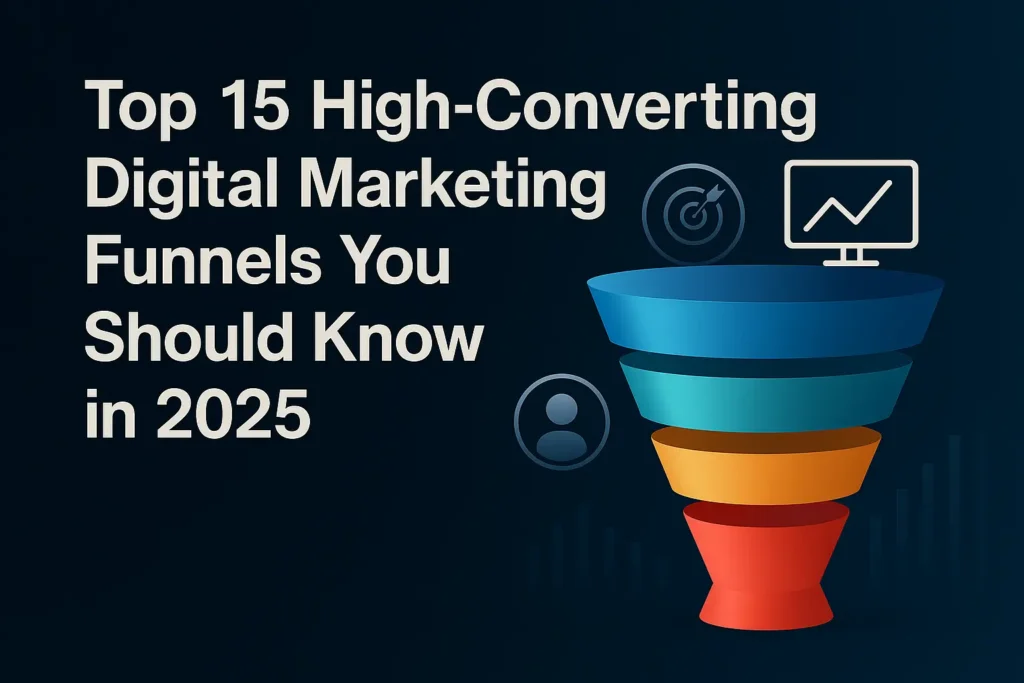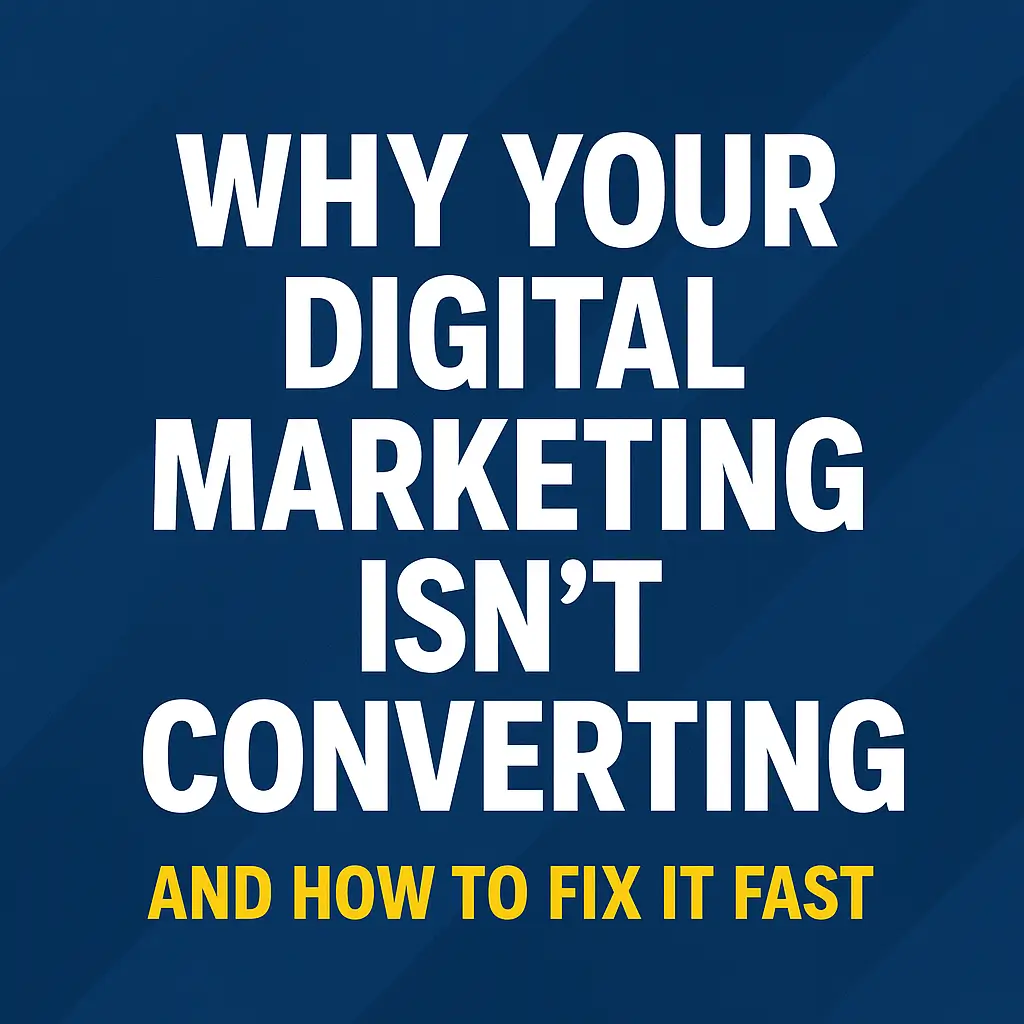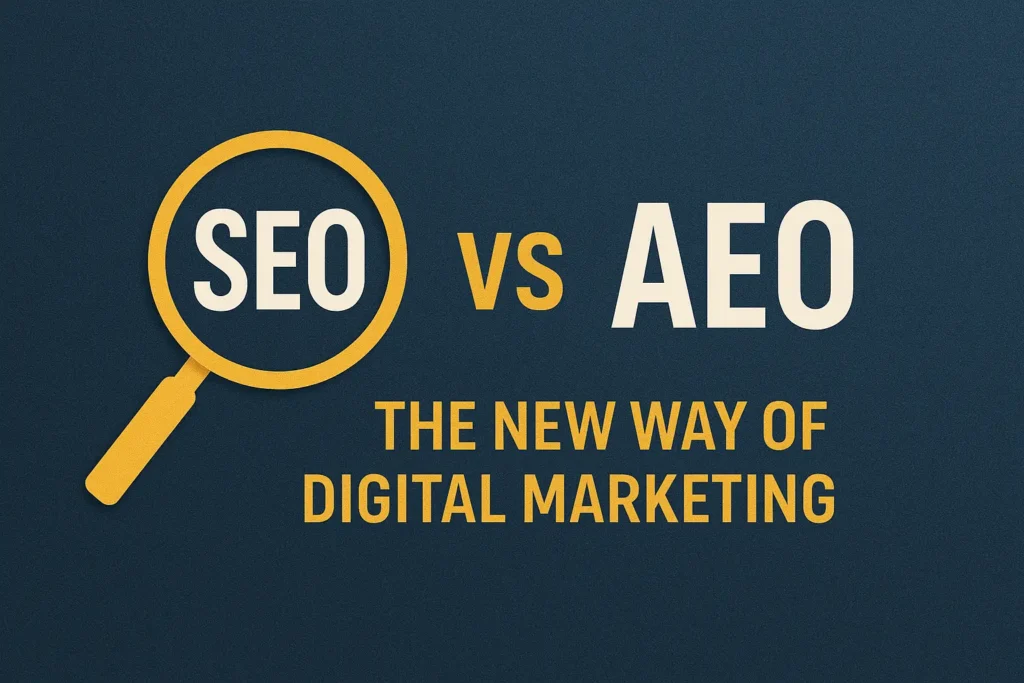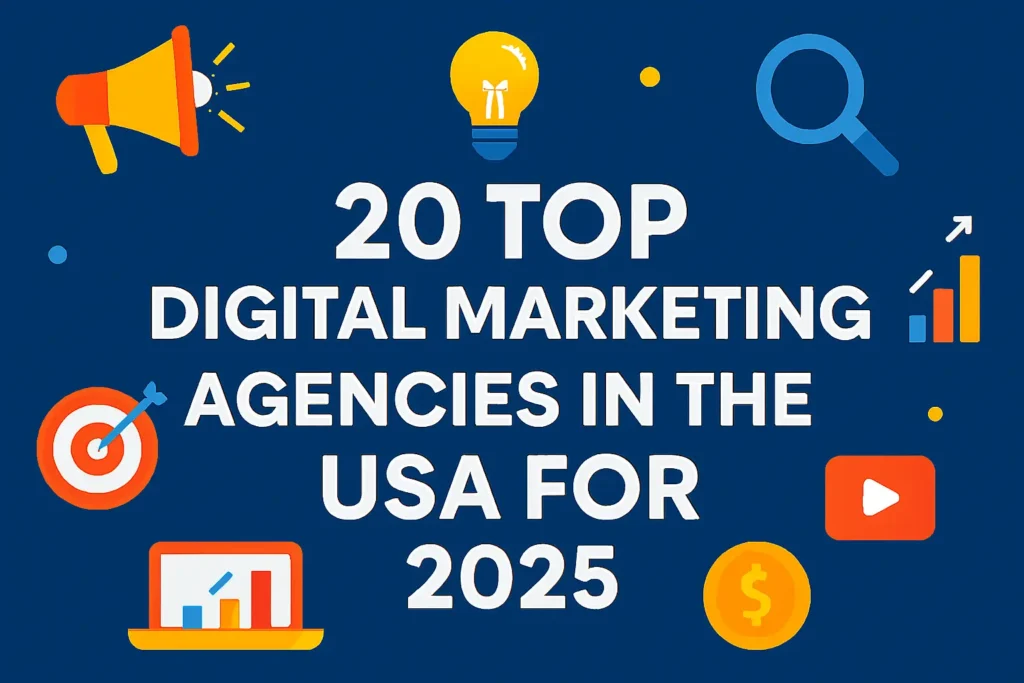1. Introduction to Digital Marketing
Imagine trying to sell something without a shop, no billboard, and no salesperson — just the internet. That’s where digital marketing comes in.
Whether you’re promoting a small handmade candle business on Instagram, building an email list for your fitness app, or scaling a SaaS product through webinars — digital marketing is the bridge between your idea and your ideal customer.
But most guides stop at definitions. This one goes deeper — showing you what digital marketing really is, how it works, and how actual businesses use it every day to get traffic, leads, and revenue.
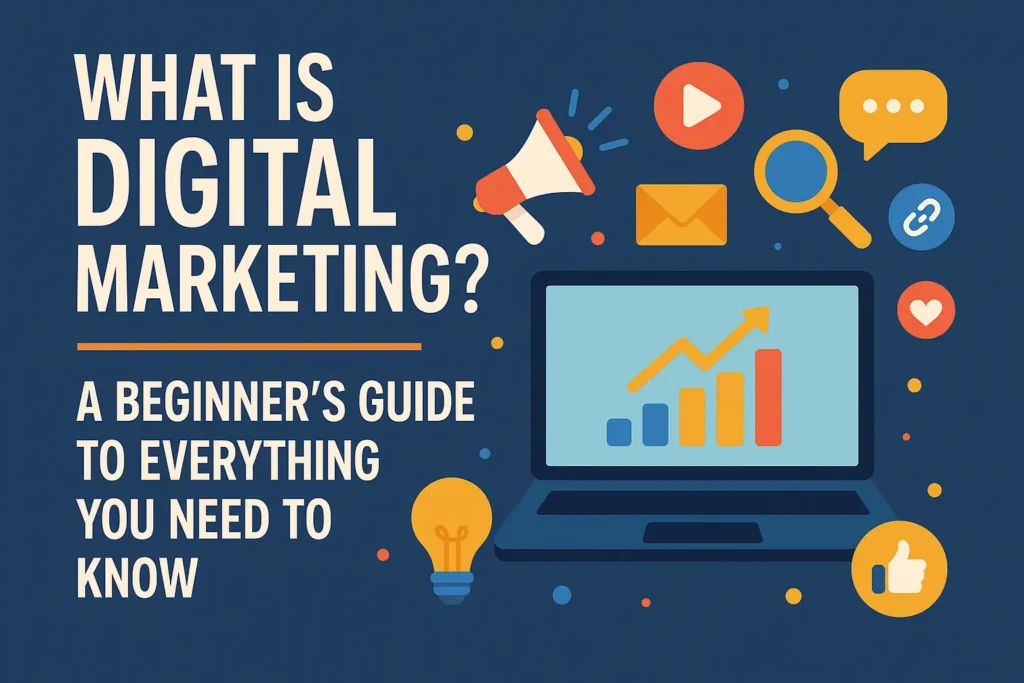
2. What Is Digital Marketing?
Digital marketing is the practice of promoting and selling products or services using digital channels — like search engines (Google), websites, social media (Instagram, LinkedIn), emails, and mobile apps.
Instead of placing a physical ad in a magazine or on a billboard, digital marketing allows you to:
- Show your ad to a specific person searching for your product
- Track whether they clicked, signed up, or bought
- Reconnect with them if they didn’t
- Automate the entire experience
So in simple terms, digital marketing = targeted communication with customers via the internet.
It’s not limited to ads. It includes everything that builds trust, engagement, and business online:
- Educational blog posts
- How-to YouTube videos
- Email onboarding sequences
- Social proof and reviews
- Free webinars or downloadable guides
Every digital touchpoint a customer has with your business is part of digital marketing.
3. Why Digital Marketing Is Critical for Every Business
Let’s look at some real-world reasons:
Everyone’s Online — Including Your Customers
A 2025 report by Datareportal shows 5.35 billion people are active internet users. This includes:
- 90% of people searching on Google before buying
- 60% using Instagram or TikTok to discover products
- 70% of buyers researching online even when buying offline
Traditional Marketing Can’t Compete
A local bakery once relied on flyers or word of mouth. Today? They can post a Reel showing a fresh cake being made, geo-target nearby users with Instagram Ads, and offer online ordering — all in a day.
And unlike traditional methods, digital lets you test, track, and tweak.
- Print ad: $500, zero data
- Facebook ad: $50, 10,000 impressions, 500 clicks, 35 conversions
Even the smallest budget can give you measurable returns.
You Can Compete with Big Brands
You don’t need a million-dollar budget. What you need is a smart strategy.
Example:
A local yoga teacher in Pune builds an audience on YouTube, creates a course on Teachable, and uses Instagram to offer discounts — all through digital channels, and all while competing with global brands.
4. Core Types of Digital Marketing (Explained in Depth)
Here’s where digital marketing truly gets interesting. It’s not one thing — it’s a blend of multiple channels. Each serves a different purpose and audience.
Let’s break them down with real-world examples.
1. Search Engine Optimization (SEO)
SEO is the art and science of getting your website or blog post to appear at the top of Google when someone searches for something relevant.
Example:
You Google: “Best running shoes for flat feet”
- The top blog from a shoe review site shows up
- You read it and click on a product link
- The blog earns from affiliate revenue, and the store gains a customer
Tools Used:
- Google Search Console
- Ahrefs or Ubersuggest
- Yoast SEO for WordPress
Real use:
A dental clinic writes blogs like “How to choose a good dentist in Bangalore.”
This brings in organic traffic from Google every week, without spending money on ads.
2. Content Marketing
Creating useful, engaging, and shareable content that solves real problems. This includes blog posts, videos, podcasts, ebooks, case studies.
Example:
HubSpot grew into a $1B company by publishing free content:
- “How to write a marketing email”
- “Best CRM tools for startups”
Each article drives traffic, collects emails, and leads to product signups.
Small business use:
A wedding photographer publishes a guide: “How to Choose the Right Wedding Location in Goa.”
Couples find it via Google and hire them.
3. Social Media Marketing
Using platforms like Instagram, LinkedIn, Twitter, and TikTok to connect with audiences, promote your content, and run ads.
Example:
Duolingo’s TikTok strategy is legendary. They make funny, trending videos with their owl mascot — building millions of organic followers and daily downloads.
Freelancer use:
A freelance designer shares tips on LinkedIn:
“How I redesigned a website to increase conversions by 40%.”
It attracts client leads.
4. Email Marketing
One of the highest-ROI digital marketing strategies. You collect emails and send them newsletters, offers, and onboarding flows.
Example:
An online course creator builds a list with a free download:
“10 ChatGPT Prompts for Marketers”
Then sends a 5-day email sequence that introduces their paid course.
Tools:
- Mailchimp, ConvertKit, Brevo
- Email automation sequences (e.g., welcome → nurture → offer)
5. Pay-Per-Click (PPC) Advertising
You pay to place your ad in front of targeted users. Platforms:
- Google Ads
- YouTube
- Facebook/Instagram Ads
- LinkedIn Ads
Example:
A SaaS company bids for:
“Best project management tool”
Their site appears on top. If someone clicks and signs up — that’s ROI.
Local business use:
A local salon runs Google Ads for “Haircut near me” — and shows up above their competitors.
6. Affiliate Marketing
Let others promote your product and reward them for each sale or lead.
Example:
Amazon lets bloggers promote products through special links.
A tech YouTuber links to a laptop and earns a cut from purchases.
7. Marketing Automation
Using tools to automate tasks: email sequences, lead scoring, CRM, customer follow-ups.
SaaS Use Case:
Slack uses marketing automation to:
- Send emails when users go inactive
- Offer personalized team onboarding
- Track trial usage and trigger upgrade emails
5. How Digital Marketing Works: A Real-World Flow
Let’s say you’re launching a productivity app. Here’s how digital marketing fits together:
- You write an SEO blog:
“10 Ways to Stay Productive While Working from Home” - You promote it on LinkedIn and join communities
- You collect emails with a free “Productivity Toolkit PDF”
- You send a 3-part email series with value + your app link
- You run a retargeting ad on Facebook for everyone who visited the blog but didn’t sign up
- You analyze what content worked best and improve over time
Each step works together as one system, not in isolation.
6. Examples of Digital Marketing in Action
Let’s compare large brands vs small businesses to show it’s accessible to everyone.
| Brand/Business | Channel Used | Result |
|---|---|---|
| Canva | SEO + affiliate content | Ranks for “Instagram post maker” – millions of users |
| Local gym in Mumbai | Instagram Reels + Google My Business | Fills local classes weekly with visual content |
| Notion | Community content + YouTube creators | 1M+ users in startup + student space |
| Online bakery in Delhi | WhatsApp + Instagram DMs | Gets 80% of orders from Instagram stories |
7. Step-by-Step: How to Start Digital Marketing (Even with ₹0)
- Pick your platform
- Bloggers: Start with SEO + email
- Product sellers: Start with social + landing page
- Coaches: Use content + email + webinars
- Create value first
- Blog post, checklist, short video, or even a Tweet that solves a real problem
- Get feedback fast
- Use free tools like Google Forms, social polls, or DMs to learn
- Use free tools
- Mailchimp (email), Canva (design), Google Analytics (tracking), Buffer (social)
- Start building trust
- Don’t sell on Day 1. Help, guide, teach — then offer
Final Thoughts
Digital marketing is no longer a “nice-to-have.” It’s how businesses grow, sell, and stay relevant in 2025.
Whether you’re a freelancer trying to find clients, a small business looking to compete with bigger players, or a SaaS founder launching your product — this guide gives you a real, actionable foundation.
The best part? You can start with one channel, one audience, and one tool — and scale from there.
Welcome to the world of digital marketing — your customers are already here.
Frequently Asked Questions
Yes. Digital marketing allows for precise targeting, real-time tracking, and significantly lower costs compared to traditional methods like print or TV advertising. You can see exactly what’s working and optimize as needed.
It depends on the channel. SEO can take 3–6 months to gain traction. Paid ads show results immediately. Email campaigns typically take a few weeks to drive noticeable engagement. Consistency is key to long-term growth.
No. Choose 1–2 platforms based on where your audience is most active. For B2B, LinkedIn might be ideal. For visual brands, Instagram or TikTok could work better. Focus on mastering a few rather than doing all poorly.
Start by creating helpful content related to your niche. Set up a basic website or blog, use SEO to bring traffic, and collect emails with a lead magnet. Choose one main platform (like Instagram or LinkedIn) to engage with your audience.

![120+ Must-Know Digital Marketing Terms and Concepts [2025 Glossary for Beginners to Pros]](https://marketingintelix.com/wp-content/uploads/2025/07/120-Must-Know-Digital-Marketing-Terms-and-Concepts-1024x683.webp)
